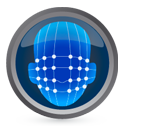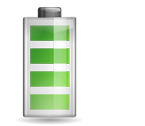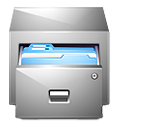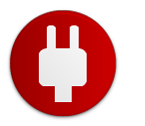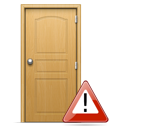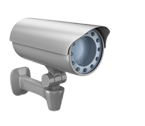Installation of advanced door access system in a building/premise is no longer an option. It has become extremely important because it protects the company’s profits by keeping revenue-generating equipment secure. A must-have tools and criteria for a building access system would include centralized management, detailed access transactions, advanced notification and credible verification method i.e. biometrics/smartcard/smartphone. Having a good and reliable system also reduces the cost of managing remote sites, as the system allows the viewing and controlling of access remotely from a central terminal.
Unmanned building and premises are vulnerable to not only from strangers but more importantly from people that familiar with your premise such as employees, ex-employees, and outside contractors Basic security feature is not going to do the job. To effectively manage your sites, access should be restricted to authorized personnel only and security system must possess user-level access control complete with a log of every entry and exit.
Monitoring is another important element within a building access system and this can be achieved by installing surveillance cameras into the surrounding areas as well as sensors inside door access system for detection of abnormal door activities i.e. door left opened, door forced open and etc. By connecting the building access system to a cloud server through the Internet, administration can thus be done from anywhere at anytime. Furthermore, incorporation with smartphone application also eases the building access system in dispatching alerts/notifications to the person in charge, thereby supporting a more efficient form of monitoring work.



